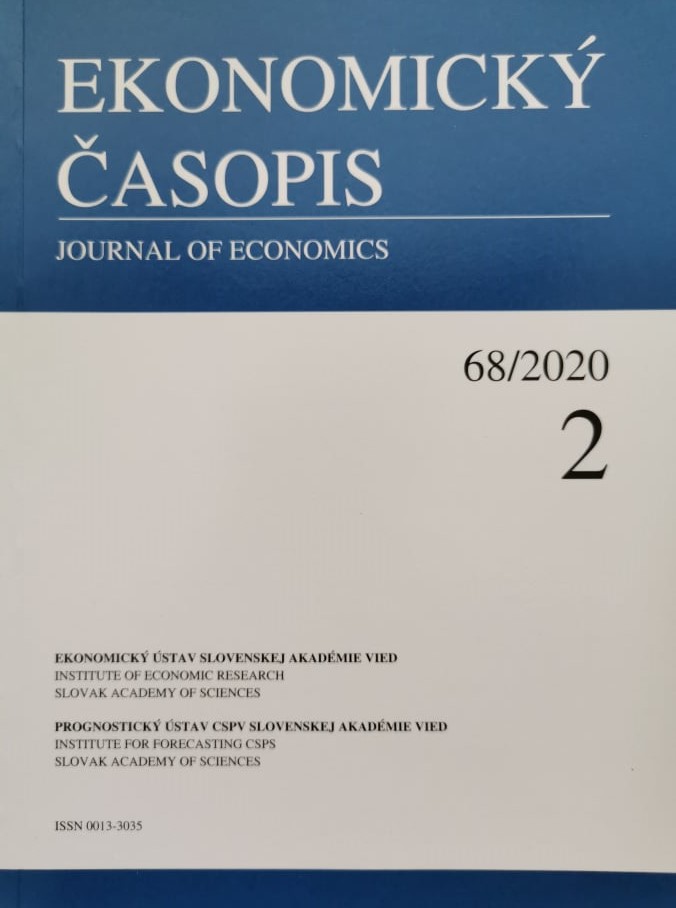Can Increasing the R&D Intensity Lower Unemployment Rate? Case of Five Selected European Countries
Can Increasing the R&D Intensity Lower Unemployment Rate? Case of Five Selected European Countries
Author(s): Amin Sokhanvar, Serhan ÇiftçioğluSubject(s): Labor relations
Published by: Ekonomický ústav SAV a Prognostický ústav SAV
Keywords: R&D; unemployment rate; economic growth; technological progress;
Summary/Abstract: This paper empirically examines the short-term and long-term effects of changes in R&D intensity on particularly the rate of unemployment in addition to economic growth for a sample of five European countries. Utilizing annual data for the sample period of 1991 – 2017, two alternative methodologies, namely the ‘ARDL bounds testing’ and ‘PMG estimation’ are employed. The empirical results have shown that there exists a long-run relationship between R&D, unemployment rate, and economic growth in four of the five countries investigated. Furthermore, the results of panel data analysis have suggested that even though in the long-run a given increase in R&D is likely to lower the rate of unemployment (in the average country of the sample), in the short-run, it can have adverse effects on unemployment. The paper argues that these empirical results can be taken as an evidence for the idea that even though the dominant form of technological change is in the form of ‘new task creation’ instead of ‘automation’, in the short-run new technologies may lead to an increase in the rate of unemployment due to the possible mismatch between the skills required by the newly created tasks (jobs) and the skills of the existing pool of workers.
Journal: Ekonomický časopis
- Issue Year: 68/2020
- Issue No: 02
- Page Range: 188-207
- Page Count: 20
- Language: English

